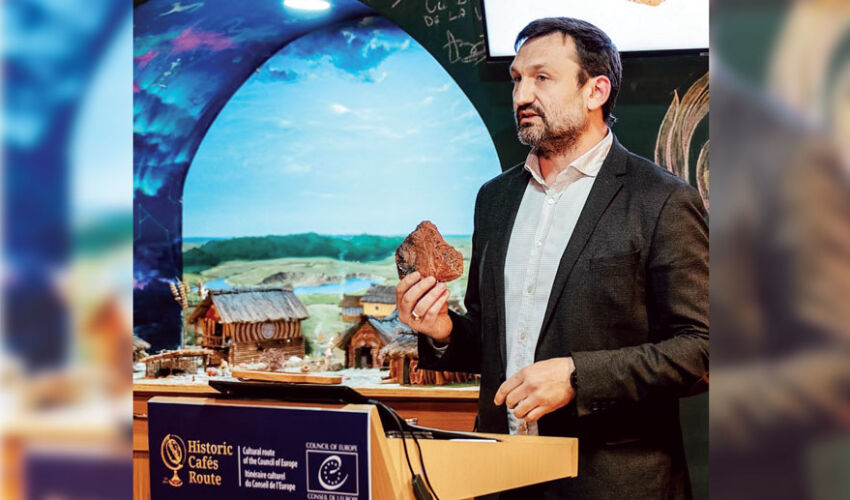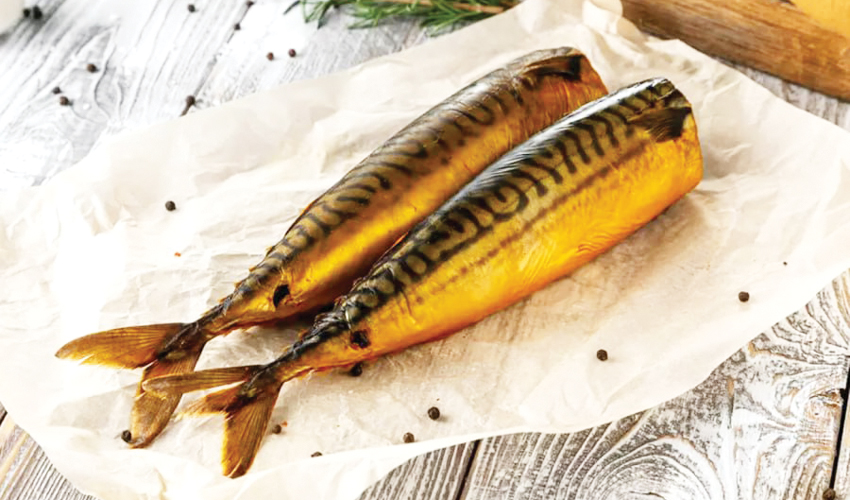
Ivan Muntean, entrepreneur
This civilization existed in the VI-III millennia BC, from the Carpathian Mountains to the middle reaches of the Dnieper River (Romania, Moldova, Ukraine). Its settlements were the first proto-cities in Europe with two-story houses. Up to 20 thousand people lived in them. The Cucuteni-Tripolye culture has a huge archaeological and historical significance and influence on the subsequent stages of the history of the European continent. It is the first large and such a long civilization in Europe.
In 1980, during archaeological excavations of the Tripolye settlement in Brynzen village, Edinets district, a clay imprint of a grape leaf was found. It is 6500 years old. This fragment was once part of a dwelling, during the construction of which a leaf from a grape bush, which grew nearby, accidentally fell. That is, grapes were already part of the life of those people. During the years of independence, no one has remembered the findings of Soviet archaeologists (carbonized grape seeds, grape leaf imprints from marl deposits in the village of Naslavca, Dondiushan district, grape seed imprints on pottery from the Tripoli settlements of Rusestii Noi and Varvarovka-VIII), which could be used to promote the ancient culture of grape growing on our land. The imprints of grape seeds on pottery indicate that grapes were used to make wine, as grape juice quickly turns into must.
Entrepreneur Ivan Muntean, having opened wine.md wine library together with his wife in 2013, realized that wine should be sold together with its history. One day he talked to one of the visitors, who turned out to be an archaeologist. The guest told about a discovery in the village of Brynzeni. But the Museum of Archaeology was closed for repairs long ago, all the exhibits and the archive were moved to the basement of the National Museum of History. To search for that artifact, according to the management, it takes two weeks, and who else will pay for it. However, Ivan found one of the aksakals of Soviet archeology – Vyacheslav Bigbaev, who searched for this exhibit. Another archaeologist, Denis Topal, created a 3D copy of a clay print of a grape leaf from Brynzeni.
“Then we made its matrix to produce copies,” says Ivan. – This grape leaf print should become a symbol of wine tourism in Moldova. We have a plaster copy of it in the tasting room. We also created a diorama of the Cucuteni-Tripolje cultural settlement in the village of Petreni (Drochiai district), which was the first to be found on the territory of our country. The layout of houses and buildings was based on the results of geomagnetic mapping. There are hundreds of such settlements in our country, and dozens have been excavated. Moldova is one of the oldest wine territories. It is more ancient compared to Western Europe, as farming skills appeared here earlier. It is necessary to draw attention to this fact. This is how the project “7000 years under wine” came into being.
Georgians had only grape seeds and ceramics before the project, which determined that wine was made on their territory 8000 years ago. The Georgian National Wine Agency initiated an international research project to study Georgian grapes and wine culture. In Armenia, in the Areni cave, the world’s oldest winery, 6000 years old, was discovered. The excavations were conducted by an international archaeological expedition.
In 2023, Ivan Muntean visited the excavation site in both countries. Boris Gasparyan, the head of the excavations in Areni, expressed confidence that the Tripolitans knew what wine was, because they had a high culture, judging by their settlements, grapes grew near them and they consumed them.
According to the interlocutor, logically it should not be otherwise, but it has to be proved. Numerous meetings and discussions have been held with local and foreign scientists to identify and systematize the available scientific heritage in order to create a solid evidence base. It remains for us to do what the Georgians have done – find a vessel with traces of wine. A lot of Tripolye ceramics have been found in Moldova, but in Soviet times they were cleaned from the fossilized layer with diluted hydrochloric acid and at the same time organic substances were washed away. Now it is necessary to resume excavations in order to get the ceramics again and transfer it to foreign laboratories for modern research. Such a project should be international, because the Cucuteni-Tripolye culture is not only the culture of Moldova, but also of the European continent.
“We have every chance to present our country as one of the oldest wine-growing areas not only in Europe, but also in the world. And thanks to this, we can better sell our wines abroad and attract many more tourists to Moldova. But if we want to make millions, we need to invest. This can be done in small steps. This year we will participate in small excavations with Bigbaev in Singerei (several archaeological surveys were conducted beforehand). One of the wine companies decided to support us,” says Ivan.
He spoke about the history of viticulture in Moldova at the international conference (organized by Iter Vitis – Cultural Route of the Council of Europe) “Wine as European Cultural Heritage” held in Rome in February.
Last December, a presentation of the project “7000 years under wine” was held for the diplomats of the EU Delegation in Moldova. Recently, it was held under the auspices of the Ministry of Agriculture, with the participation of representatives of the Ministry of Culture, NBW&V, sectoral institute, TUM and business. The project will also be presented at the OIV World Congress to be held in June, in Chisinau.













